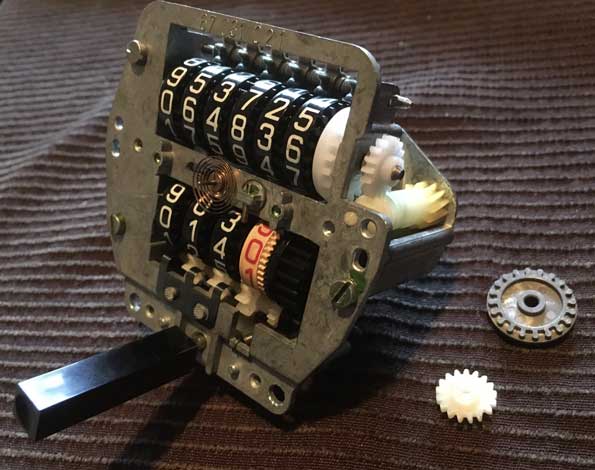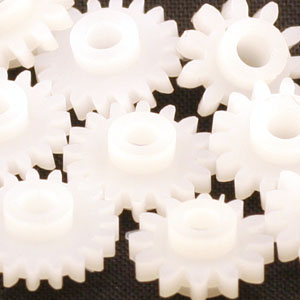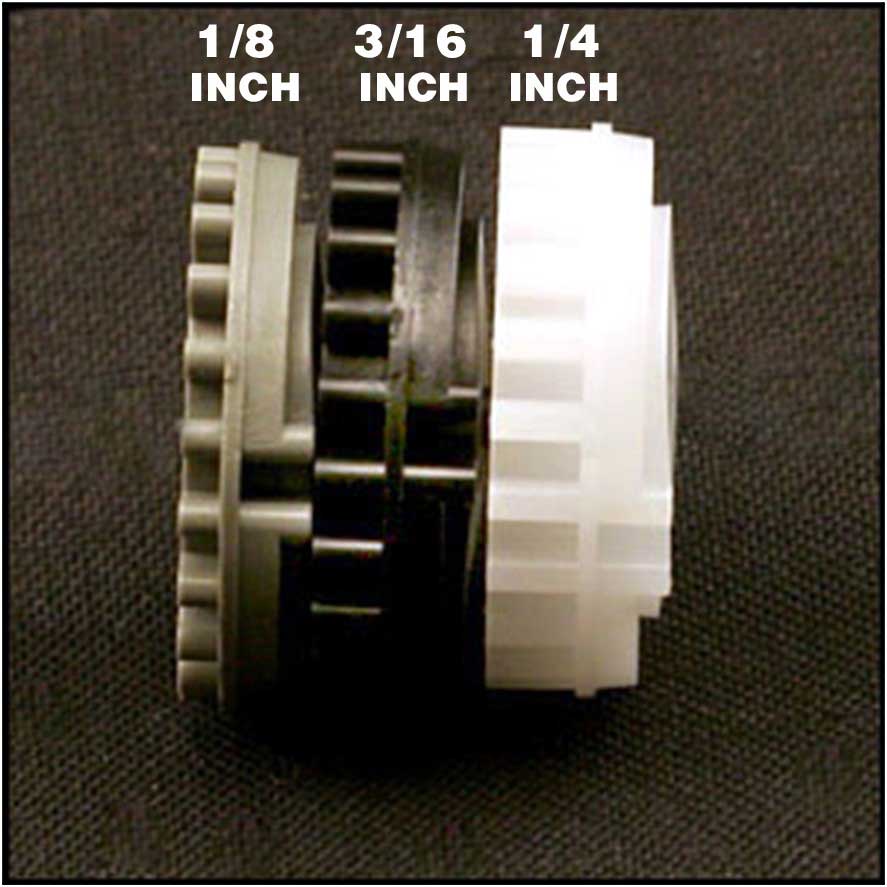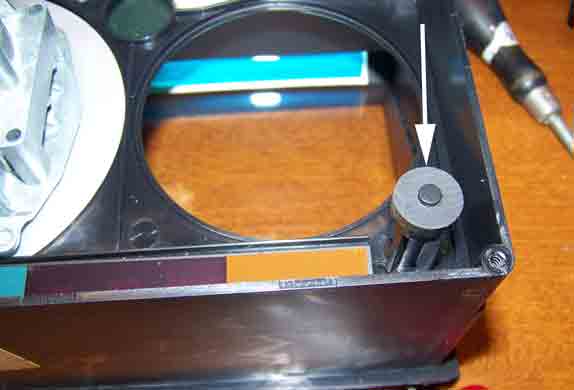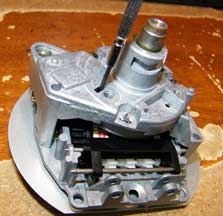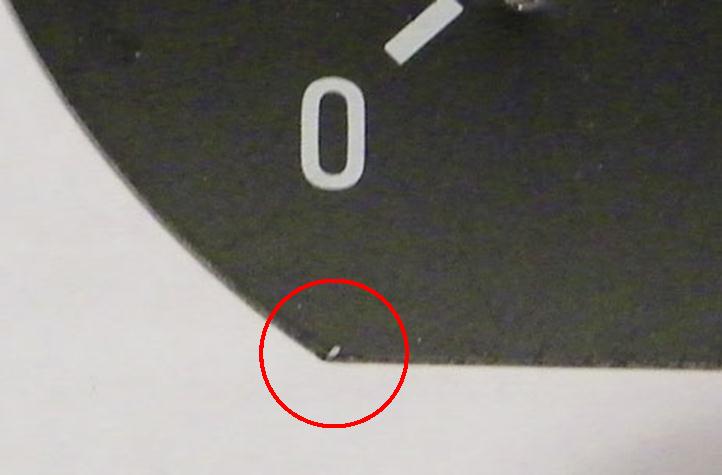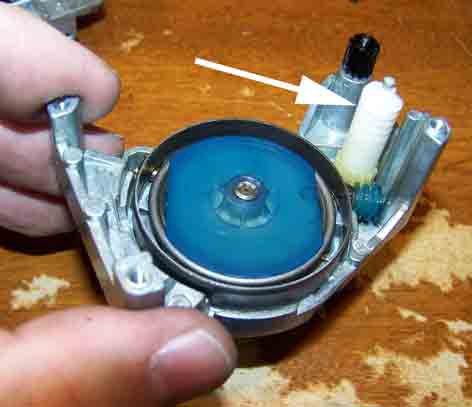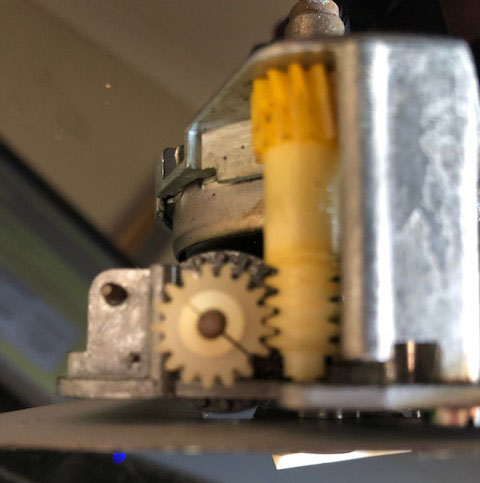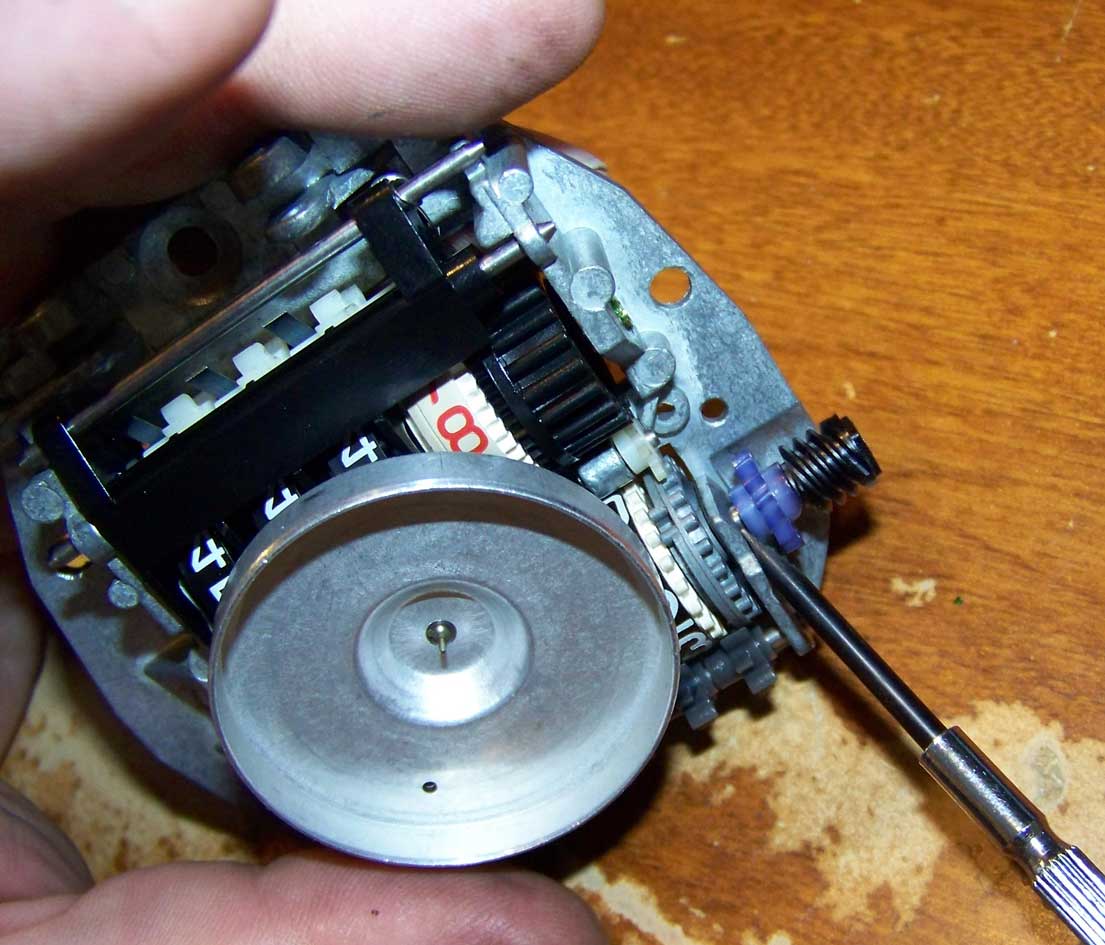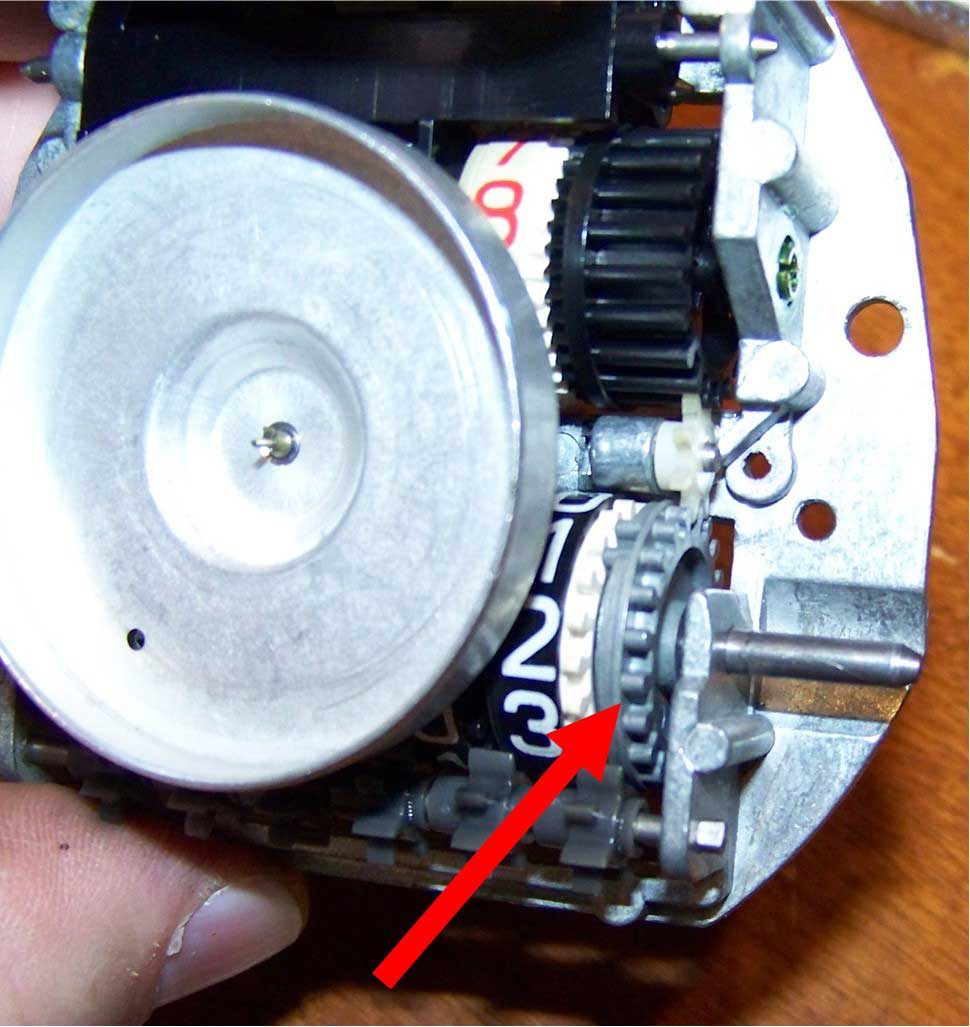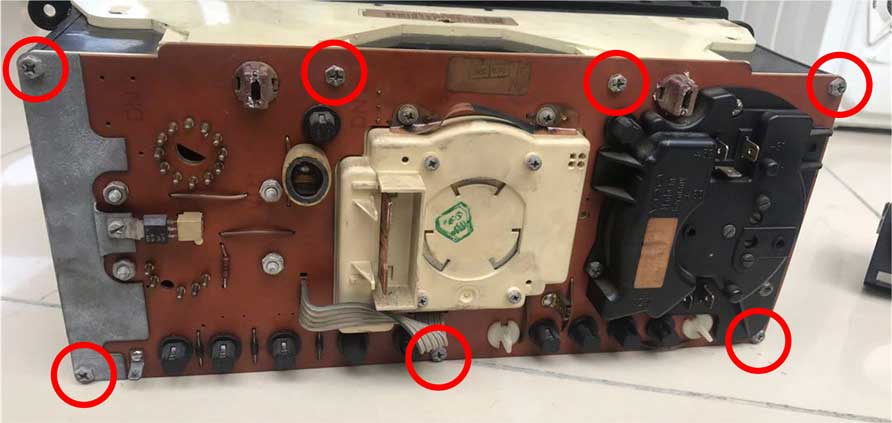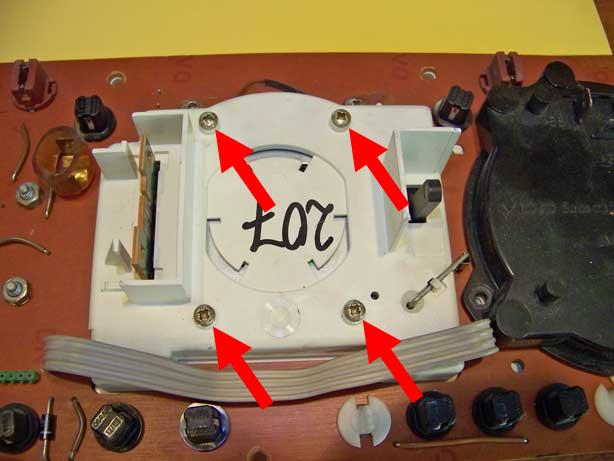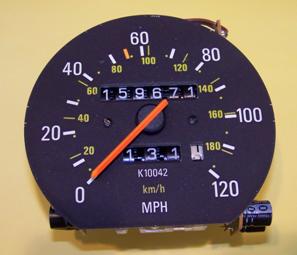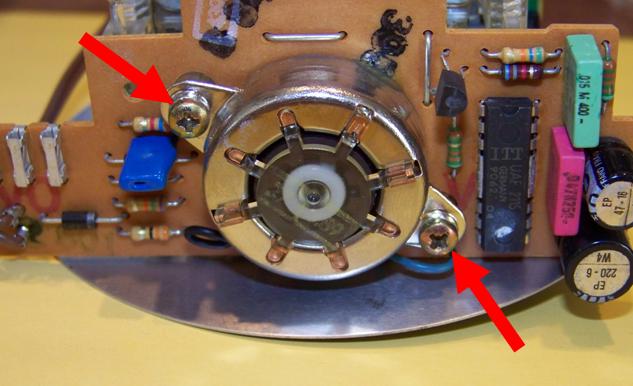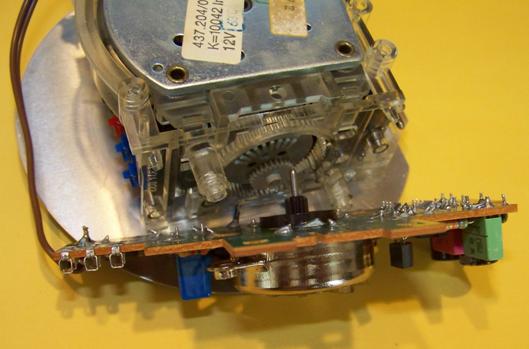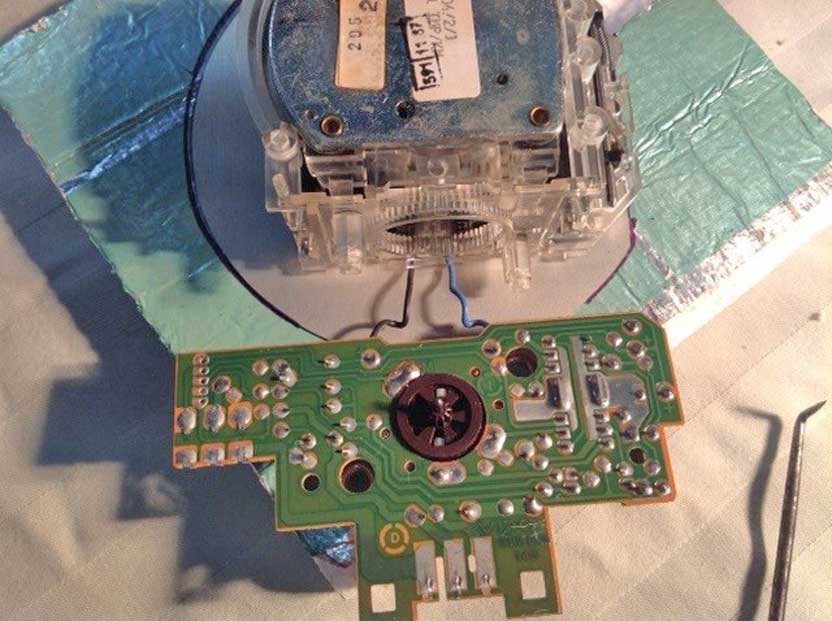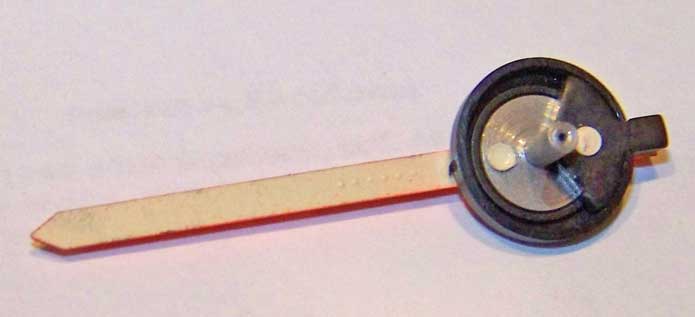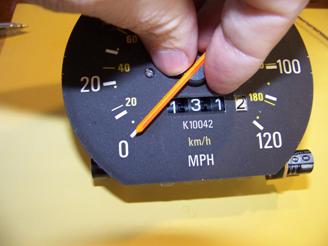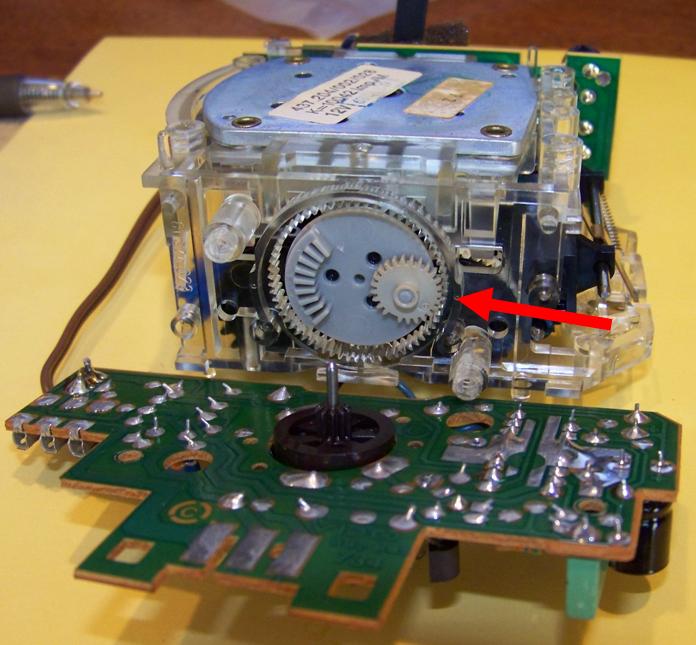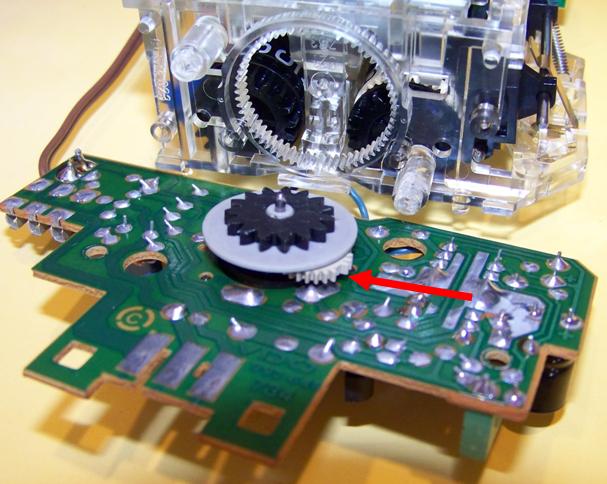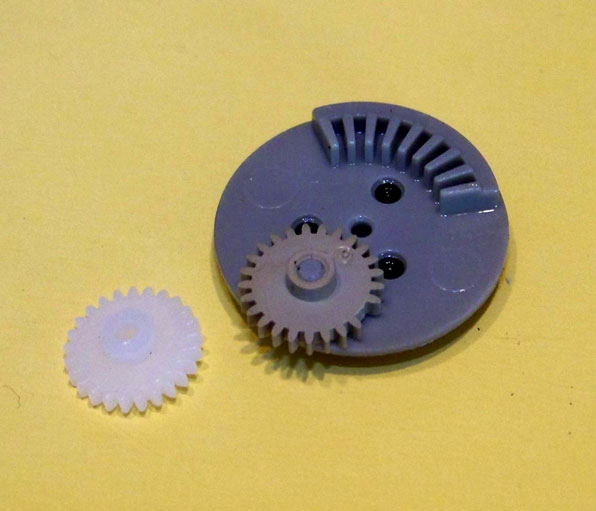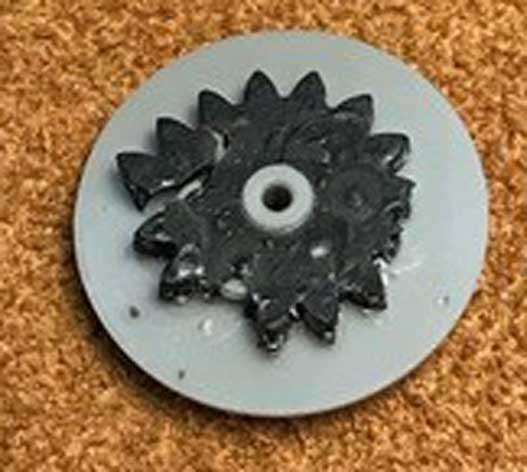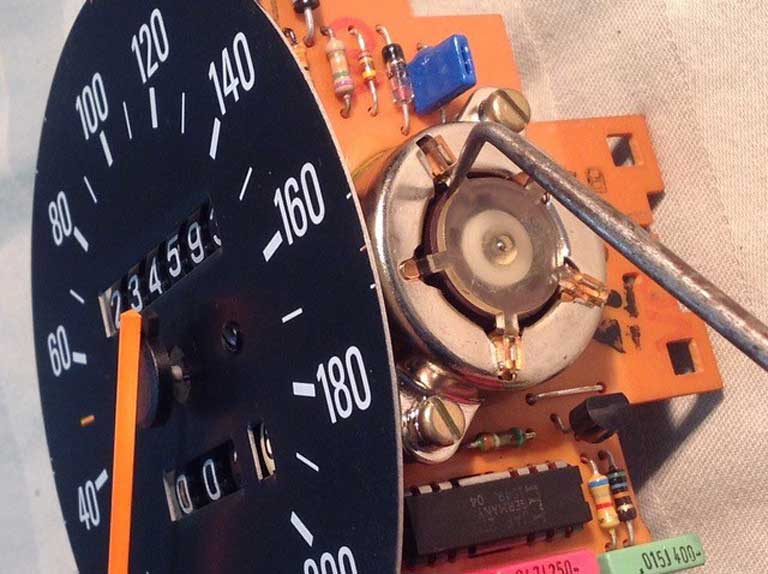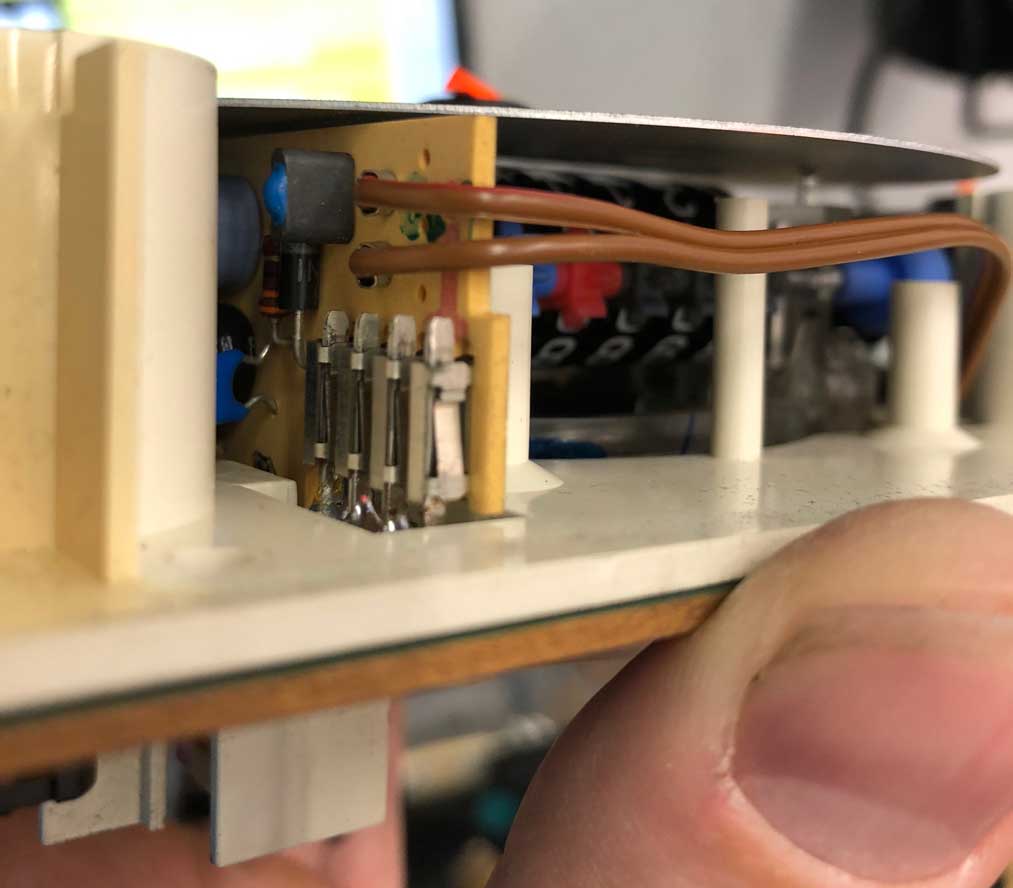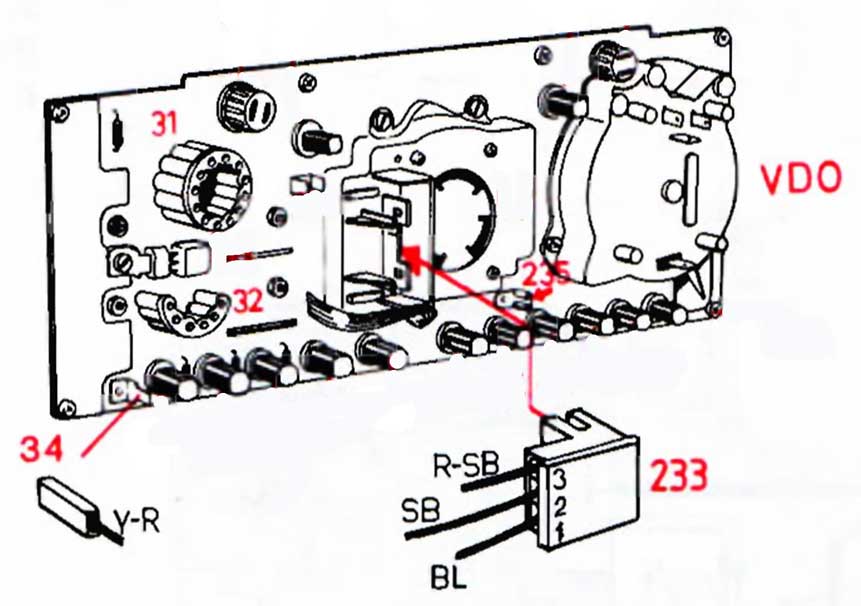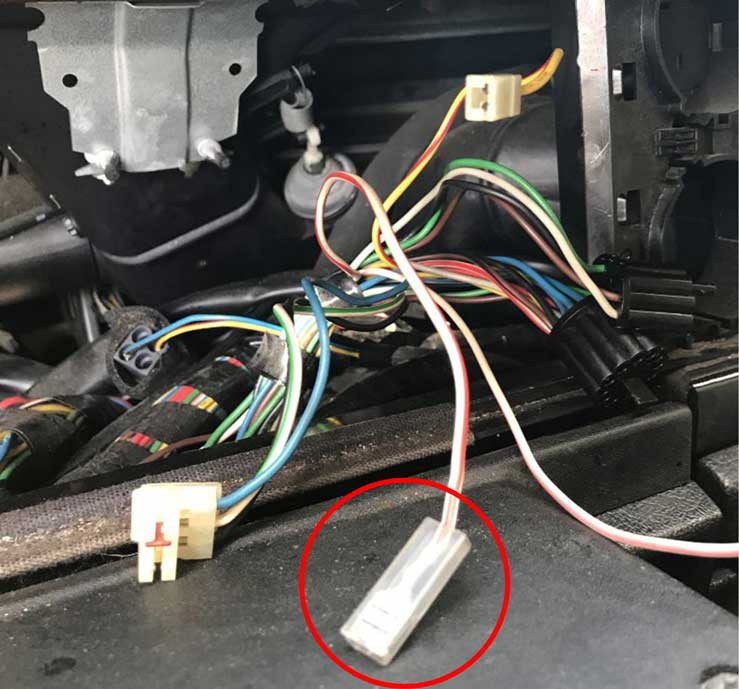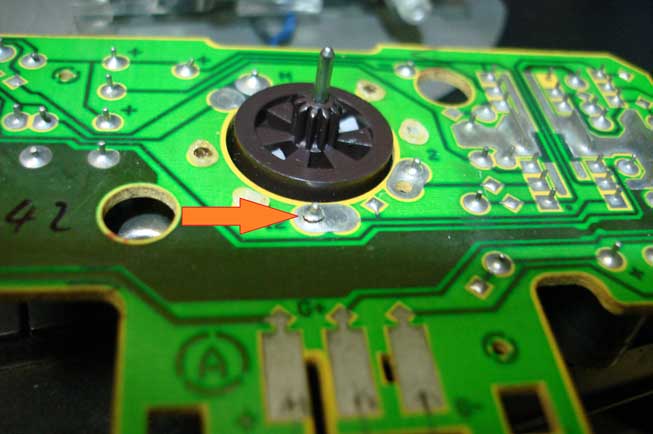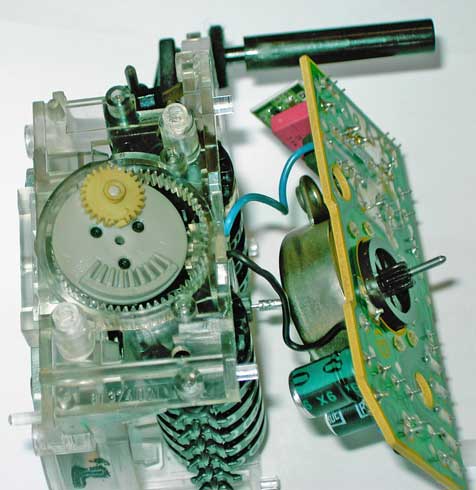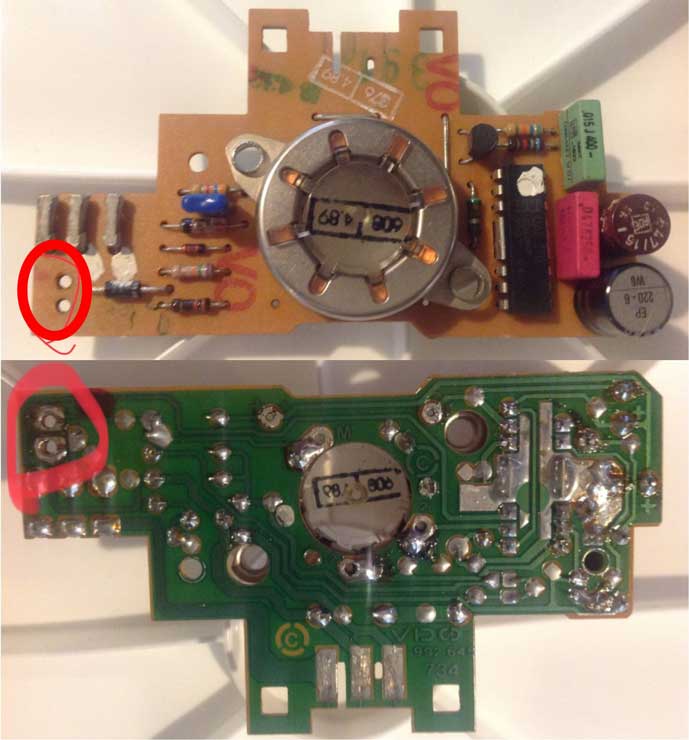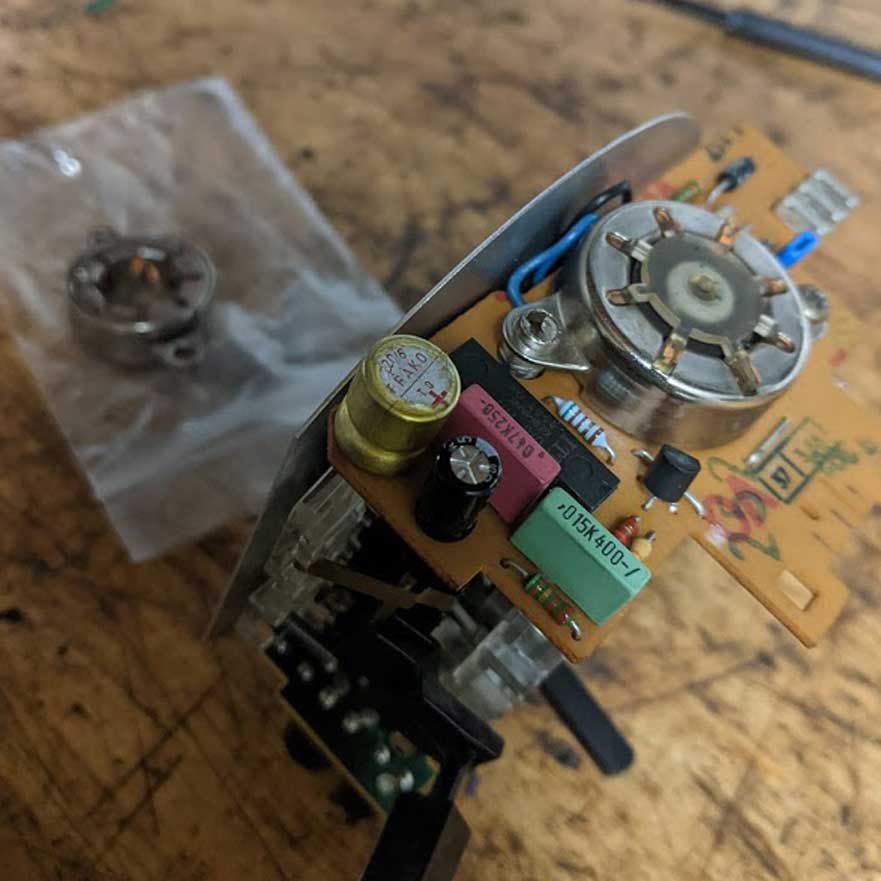P R A N C I N G M O O S E . C O M
D A V E ' S V O L V O P A G E
| Volvo 240 Odometer Repair  |
 |
UPDATED: November 18, 2025 CONTACT SHIPPING 
|
D O
M A I N S   |
|||
 |
 |
 |
 |
 |
 |
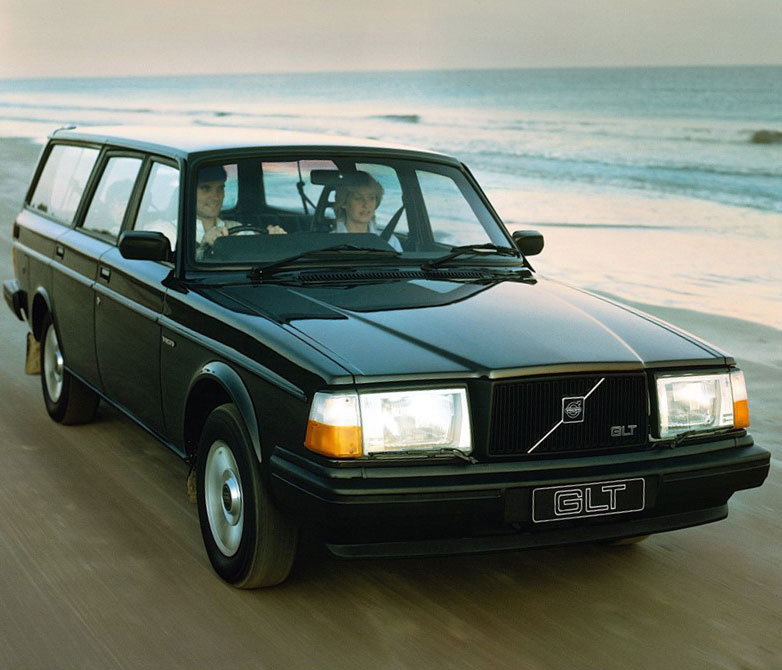 |
 |
 |
 |
 |

|

|
|
 |
 |
 |

|
|
 |
 |
 |
 |
 |
 |
 |
 |
 |
 |
 |
 |
 |
 |
 |
 |

|

|
 |
 |
 |
 |
 |
 |
 |
 |

| This
Page is in TWO Main Sections CLICK A LINK BELOW TO NAVIGATE DIRECTLY |
|
| Section 1: |
Click here for 1975-85
240 |
| Section 2: |
Click here for 1986-93 240 |
| Other Pages: 740 Odometer Gears |
|
| Other Pages: 850 Odometer Gears |
|
| Repair RESOURCES Parts |
Cable Type Speedo
Instructions |
| Late 240 Troubleshooting |
Electronic Type Speedo
Instructions |
So... why did I go to all trouble of writing this page then? A couple reasons... When I experienced a problem with the odometer in my '84 242 Turbo, I found it to be COMPLETELY DIFFERENT from any repair I've seen before, resulting in no new parts needed (at first). Then I started getting emails from people who found this repair page. Often they had bought and tried to install a new gear from an on-line seller. A LOT of people were getting badly confused by the two very different installation methods between cable-driven and electronic speedometers and the lack of accurate guidance they were finding on-line. And I found that lots of 240 owners even had no clue if their speedometer was cable-driven or electronic. And they were frustrated by poor advice they were getting from people who sold them odometer gears. So I put together some very detailed instructions below on BOTH types of repairs for 240s. If you can help improve this page, please email me: CONTACT Thank you, Dave
|
| OTHER RESOURCES FOR REPAIRS,
PARTS AND INFO Cleanflametrap.com/speedo:
Here you'll find some good
diagnostic notes for later 240 electric
speedometers. Also: cleanflametrap.com/speedo5/
Wagonmeister.com offers repair services for 240 instrument clusters and rebuilt 240 clusters among many other cool parts and services like LED bulbs for your gauges. Located in Southern California. Jack Ashcraft (Medford, Oregon) offer high-quality reconditioning of VDO cable driven speedometers for Volvo, Saab, Porsche, Mercedes-Benz, Audi, VW and more. Phone: 541-499-0246, Email: jacksonashcraft [at] gmail [dot] com |
| Section 1:
General Odometer Surgery & Repair. 1981-1985 240 CABLE-DRIVEN (mechanical) Speedometers. ALL Types; MPH and km/h.
|

| Authorized Dealer
- OdometerGears.com MADE IN U.S.A.
If needed, I can also get any other size
gear you might need if you can wait a few extra
days. If you find
a gear in your 240/260 other than an 11, 14, 15, 16,
17 or 18 tooth, please let me know.
(List of ALL tooth count
ranges available: 10, 11, 12, 13, 14, 15, 16, 17,
18, 19, 21, 25, 29)

|
1981-1985 240
CABLE-DRIVEN (mechanical) Repair Instructions
| For these
instructions below, I will not go into
detail about removing the 240 instrument
cluster from the dash. For detailed
instructions on that part, you may refer to
my 240 gauge face installation instructions
at https://www.davebarton.com/pdf/240faceinstall81-93.pdf.
|
| For a less
detailed PRINTABLE PDF version of these
instructions below, click here: www.davebarton.com/pdf/240odo-repair-cable.pdf (450 kb) |
Factory Anti-Tamper Device and Cable Locking Collar 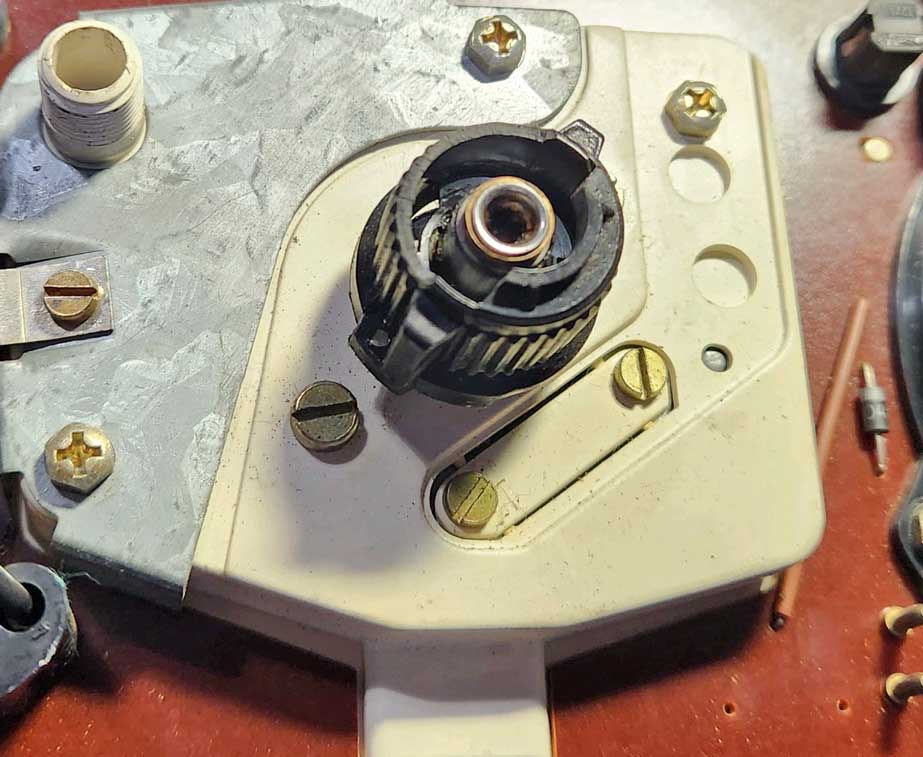 When you're removing your instrument cluster, you may find this ANTI-TAMPER DEVICE next to the speedometer cable locking collar. It was placed on ALL cable speedo cars by Volvo. These days MOST of them are already missing, which means it has already been removed by someone. It must be removed to access the speedo cable collar, so that it can disconnected. It can only be removed by breaking it or by prying it off. Once broken, it cannot be placed back on, so it may be discarded. Then you may twist the cable locking collar 90 degrees to the LEFT to unlock the cable from the speedo. The cable and collar then pulls straight out. The above RIGHT photo shows a broken locking collar. This can happen if the cable is pulled or bent without first unlocking the collar. This is not the correct way to disconnect a speedo cable, since the cable collar can no longer hold the cable in place. This speedometer above would require a new cable assembly. |
|
| Here's the back of your typical 1981-1985
240 instrument cluster. This one has a CLOCK. Locate and remove the 7 Phillips head screws around the outer edge. 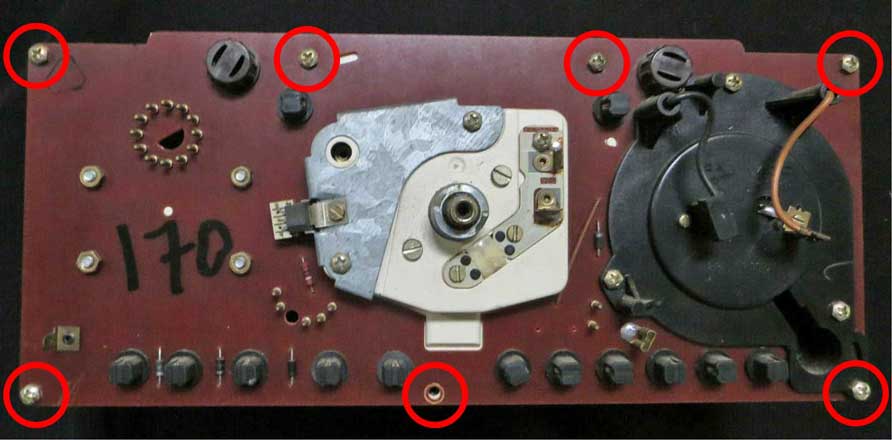 |
|
If you have a TACHOMETER, your instrument cluster will look like this.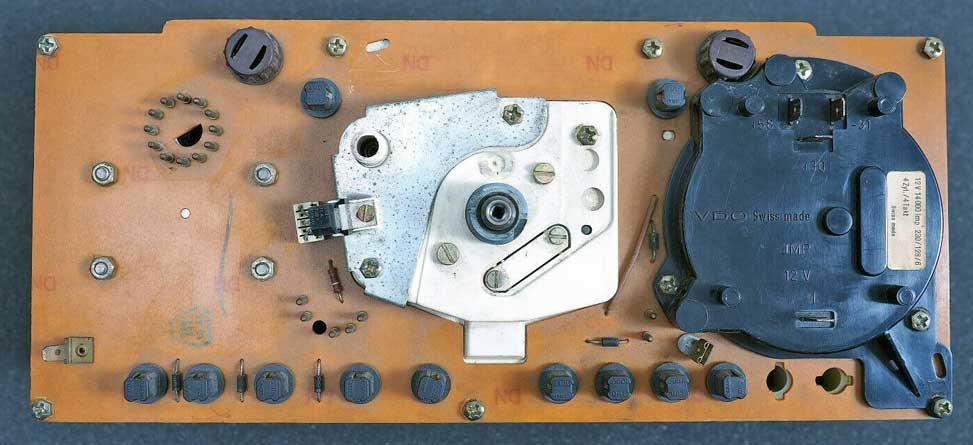 |
|
If you have CRUISE CONTROL, your speedometer will have this extra device on the back.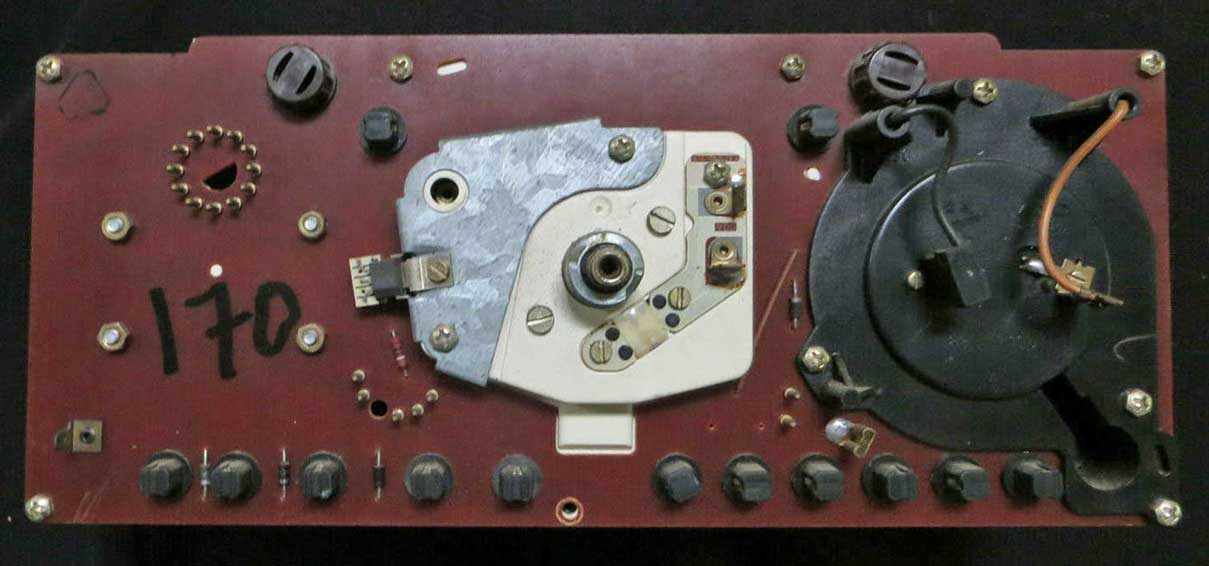 |
|
Remove these two
slotted screws
on the back of speedometer.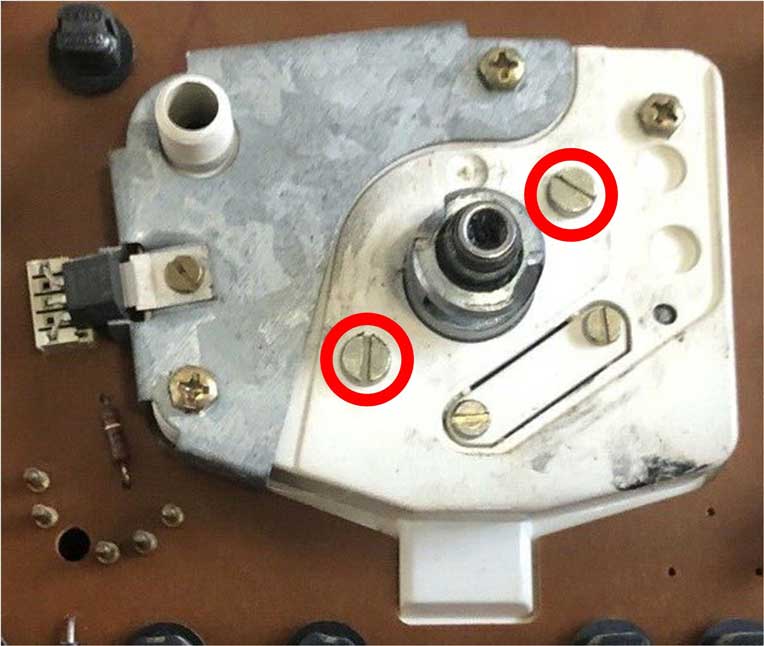 |
|
If you have CRUISE CONTROL, also remove these other two smaller slotted screws.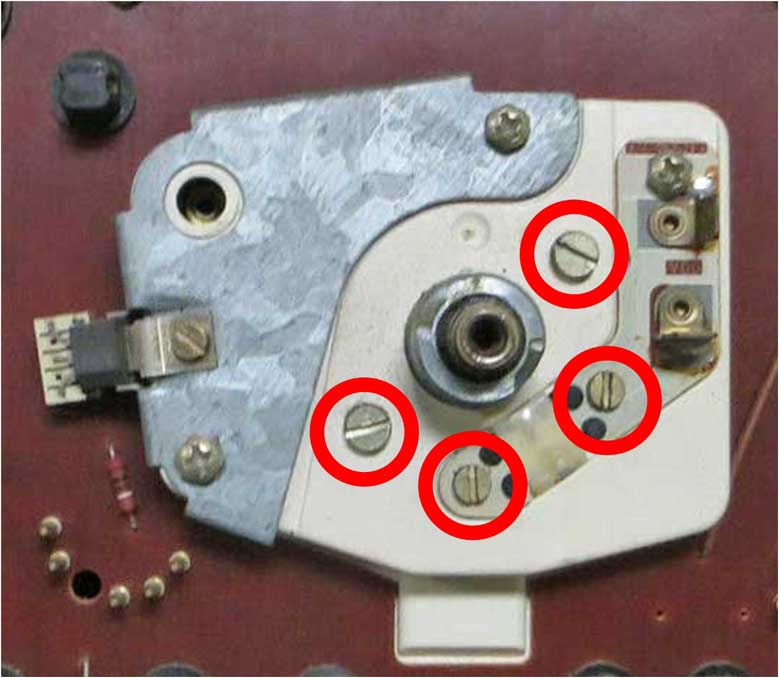 |
|
|
After all needed screws are out, next lift out the
circuit board from the back of instrument cluster
housing.
After lifting out the circuit board, here's what you will now see BELOW. This is the speedometer sitting in the housing. Now carefully lift out the speedometer and have a look at it closely if you've never seen one up close. 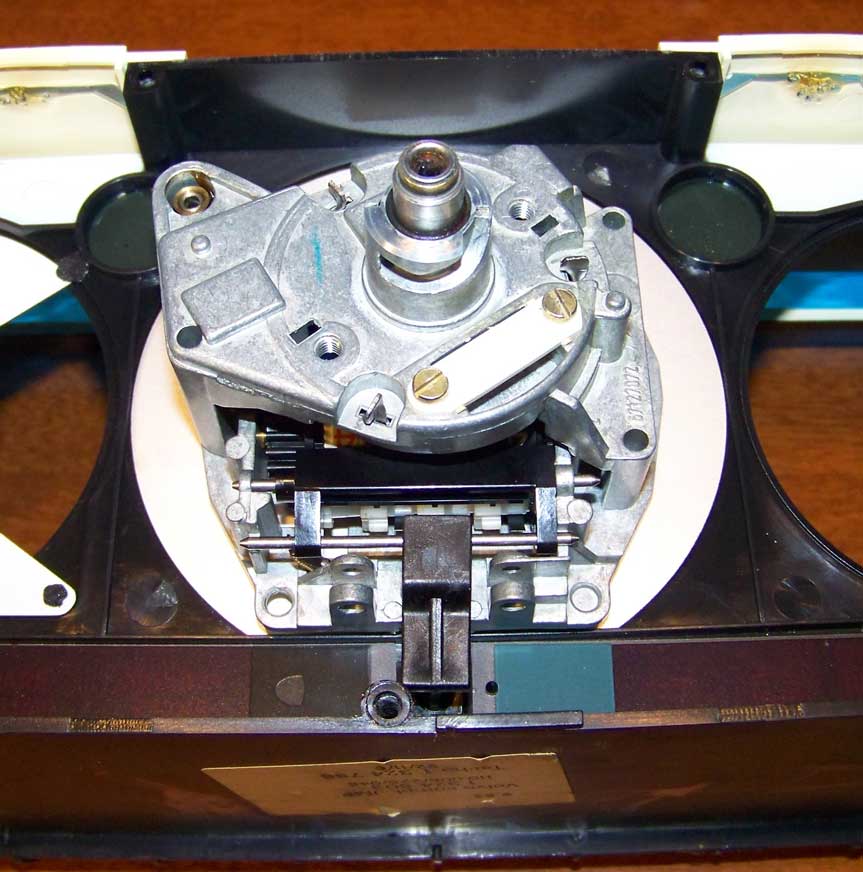 |
|
| Speedometer Needle
Removal (Locking the Speed Cup) On the 1981-'85 240, the speedometer needle needs to be removed. This is a delicate operation. Here is the back side of your speedo. Look for two rectangular slotted holes. One on each side. One is indicated by the screwdriver in this photo. 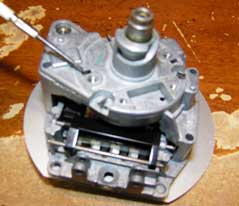 |
|
|
In the next step you'll be removing the needle, but
first you will be gently lifting the end of the needle up and over the
ZERO stop pin.
When you do that, you might take note of the little mark shown in this photo. It's a resting position mark that the VDO factory used when assembling this speedometer. |
|
After you have gently lifted the needle
over the ZERO stop pin, release it and take note of its resting
position. It will likely be pointing at
the little mark in the above photo. When you reinstall the needle
later, you should use the same position. This way your speedo needle
will be in the same place as before after you're done.
NEEDLE REMOVAL:
To remove the needle, grip the center plastic hub of the speedo needle and turn the needle counter-clockwise (turn the tip toward the "MPH" or km/h text). Be careful to NOT put PRESSURE on the thin orange plastic needle pointer. It can snap off in a very unpleasant way if you do. 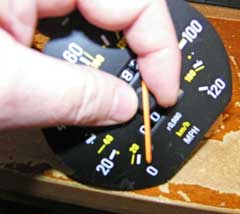 The factory used a liquid glue (similar to Locktite) to glue the needle hub onto the shaft. Since the internal mechanism inside the speedometer has already been locked by you, you may now begin turning the hub and forcing it in a counter-clockwise direction until you feel it come loose and get easier to turn. You may feel the glue break loose and "pop". Once that happens, it will be easy to turn and you may then continue to turn it further, while at the same time gently pulling it toward you. It'll soon come off in your hand without any fuss. |
|
|
Once the needle is off,
remove these 2 tiny
screws. Be careful if they're tight. The factory liked to put thread-locker compound on them. These screws are soft metal (brass) and are easy to damage. Find a small screwdriver that fits these small slots well. 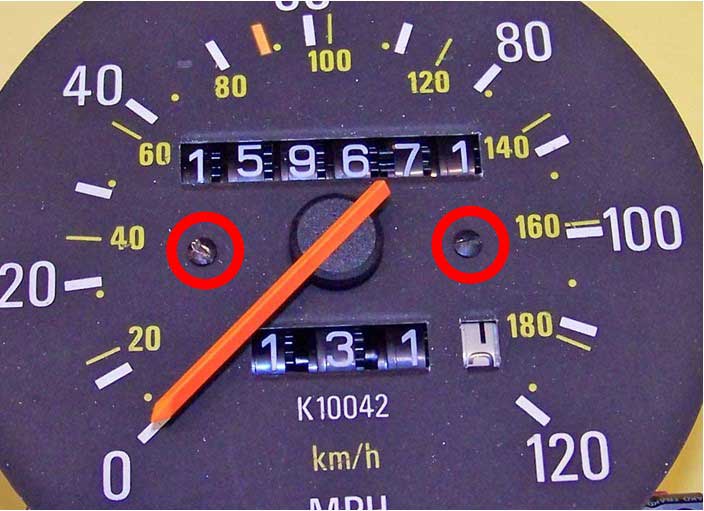 |
|
|
See those 3 slotted
screws? Enlarge the pic and you can see
better. Remove them. They hold the two
halves of the speedo together.
Once the screws are removed, be gentle when pulling it apart. The parts inside are delicate, but it won't explode in a shower of parts... trust me. You'll see one piece (below photo) that can fall out at this point. Not to worry, just put it back like shown in the photo. |
|
Here's the front half of the speedometer BELOW,
viewed from the back side.
See these two gears indicated by arrows? In this photo BELOW, one gear is BLUE and one is a BLACK. To avoid confusion, I'll call these "outside gears" since they're on the outside of the odometer frame assembly. All speedometers will have a gear like that blue gear, but not all speedometers will have that black spiral gear. It's only found in cars with an interval engine service light in the dash cluster. 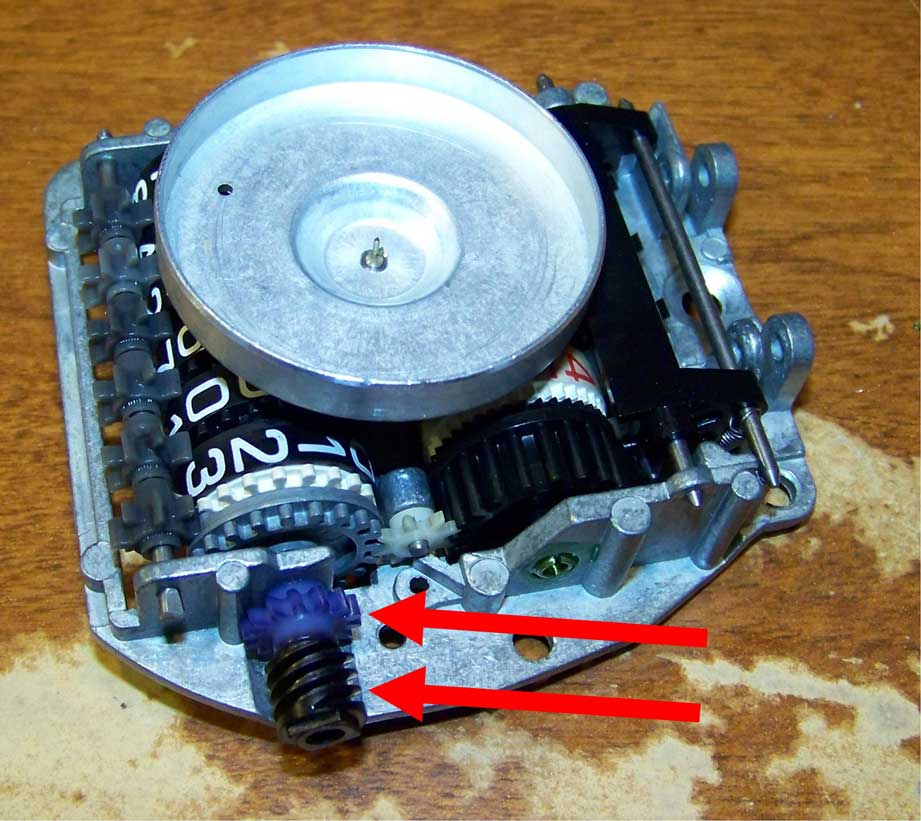
NOTE: You may notice in this
photo ABOVE the odometer reset button is missing from the
bottom of the speedometer. I removed it so it
wouldn't get in my way. It pops off quite easily. They
also tend to break after years of getting pushed and
pushed. Replacements can usually be found for
sale online, but I don't offer them.
|
|
NOTE: Here's something that's a
little different. This particular speedo is from a
1984 240 Turbo in Europe. When compared to the speedometer
shown above, this speedo only has ONE outside gear and no black spiral gear. It is because this car was not
equipped with an interval engine service light in the
dash. This outside gear looks to be yellow or
white in this photo and it has 11
teeth. So far I have heard of this 11
tooth gear only being found in Europe, Australia and Canada.
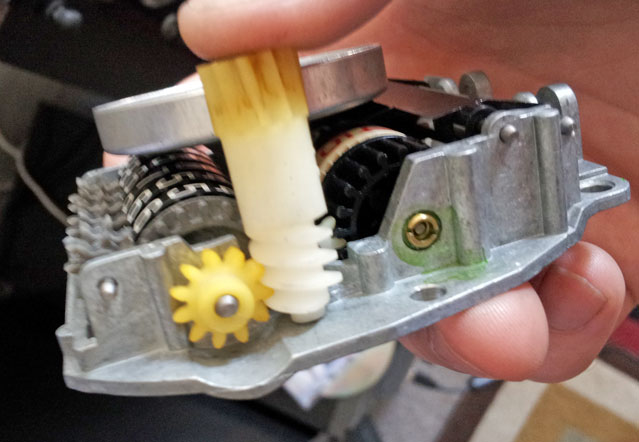 |
|
Here's a closer BELOW of that
BLUE GEAR shown above. Your gear may be a different color or a different tooth count.
This one has 14 teeth. 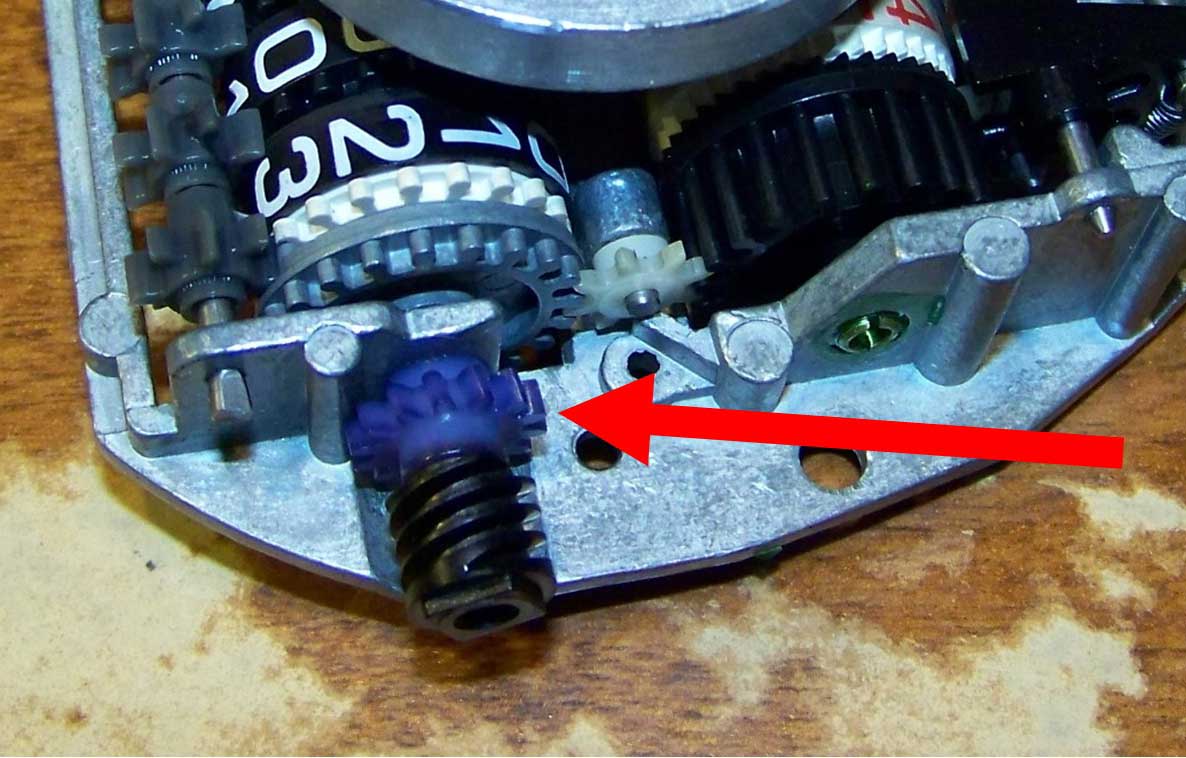
This gear is a very common failure point.
It can have a tendency to crack or become stripped on the shaft. It might also lose some teeth after years of use. There is a long metal shaft going through both of these two outside gears. In order for the odometer to function correctly, these gears need to grip the shaft... so slipping on the shaft is NOT allowed. NOTE: When I was working on MY speedometer, I found nothing obviously wrong with either of these outside gears. There were no cracks and no missing teeth. And they appeared to be gripping the shaft from what I could see. This was a mystery, since my odometer clearly was not working. So I gave up. It's not my fault Volvo owners give up so easily. |
|
NO! 240 owners DO NOT give up! I hope you didn't fall for that. Instead, I found a way to test the odometer to see where my problem was. As I mentioned, that blue gear could be cracked, missing teeth or just plain slipping on the shaft, although I could find no problem with that in MY speedo. 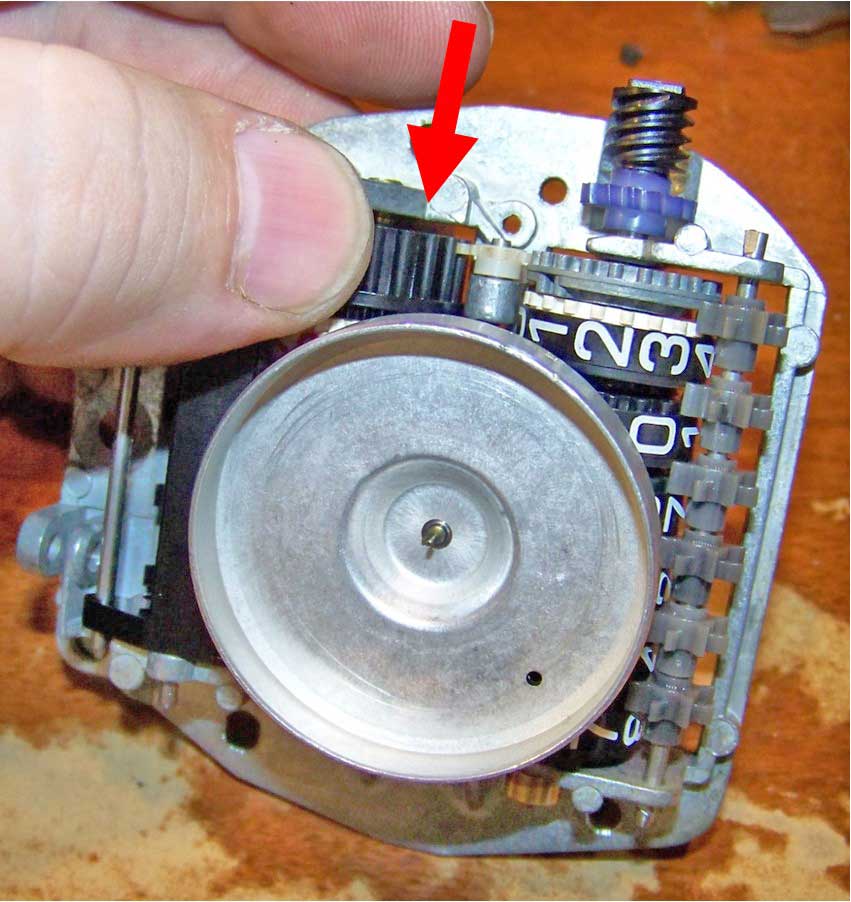 I needed to see for certain if my odo gear was gripping or slipping on the shaft. To test this, pick up the assembly like ABOVE and grip the wide black inside gear (like I am in this photo) so it can't turn. Now see if you can turn the two outside gears on the end of the shaft. Don't force them.... be gentle. You should NOT be able to turn the two outside gears without the wide black inside gear turning also. If you can spin the outer gears without the inside gear turning, you know something is slipping somewhere. MINE WAS SLIPPING SOMEWHERE. It's important to find out exactly what is slipping before you pull anything apart. If you find the blue (or whatever color) plastic outside gear is slipping, your best solution is to replace it. Some have been was successful in gluing them back together, but that was before new replacements were available. If your outside gears seem tight on the shaft as they should be (like mine were) and you're still not sure what's wrong, then keep reading . . . . |
|
See this brass collar BELOW?
It's pressed onto the shaft (opposite end from those outside gears). This shaft goes through the odometer number wheels and through the two outside gears on the other side. When you try to spin the outside gears (while holding the wide black inside gear steady), have a look at this collar to see if it is spinning along with the gears. 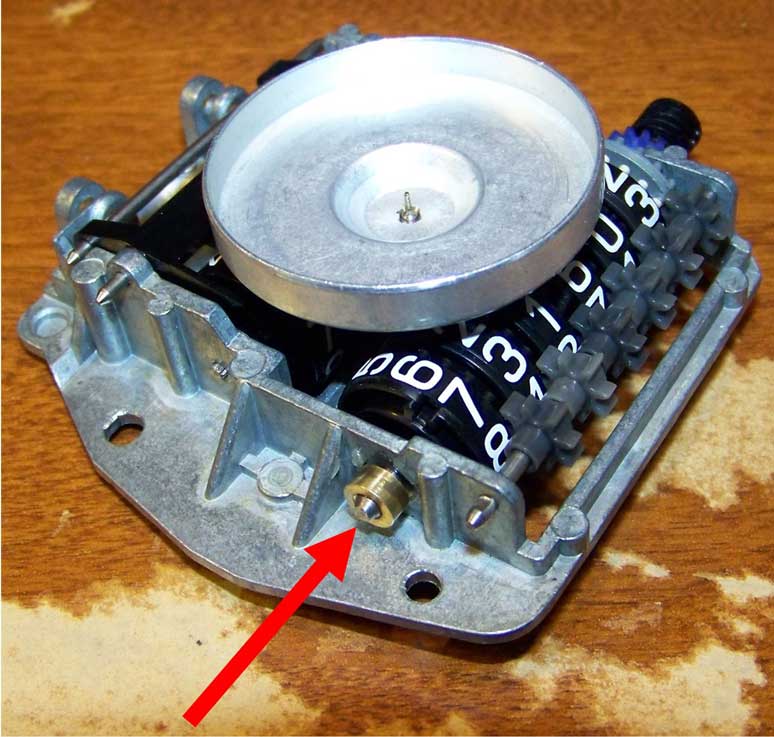
If the shaft/collar is NOT spinning,
then one or both outside gears are loose (that is
bad).
If the shaft/collar IS spinning and it still appears the outside gears are gripping the shaft, then something else is slipping. Don't worry. I'll cover this situation a little further below, so don't be a cheater and skip ahead. |
|
| |
|
For those of you who don't
read directions very well, here's a close up of
these gears.
NOTE: The tops of these gears in the photo were facing away from the speedo body. Maybe that will help those of you who weren't paying attention to the positions of your outside gears (assuming it matters). 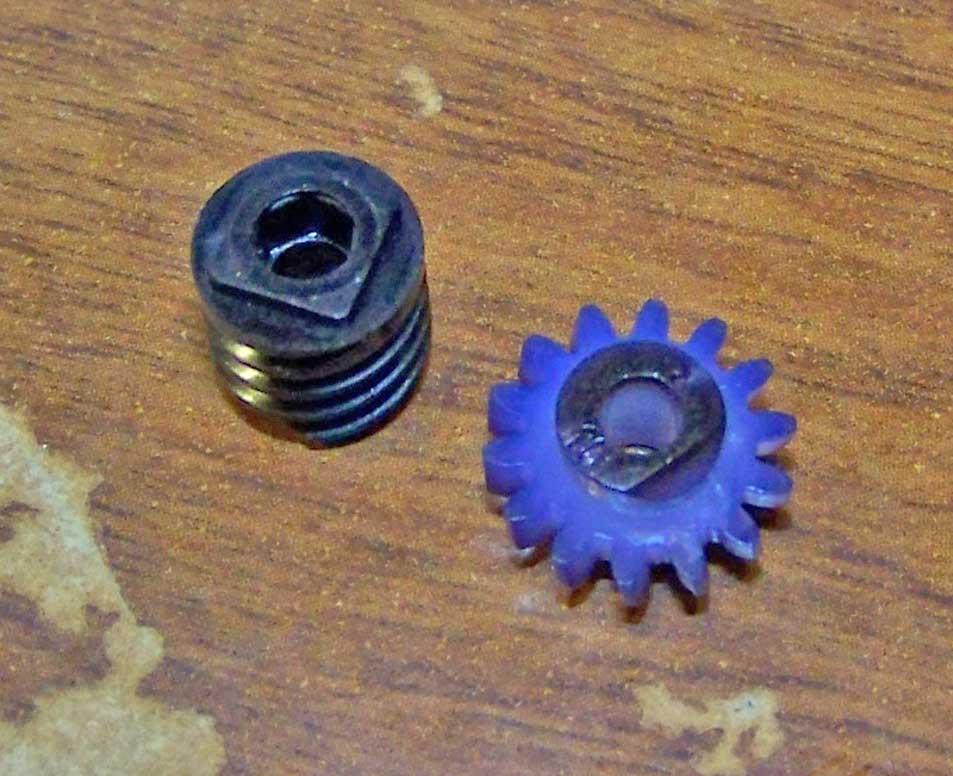 I found this blue gear to have 14 teeth and it's pretty typical of most U.S. 1981-85 240 Turbos like mine. I offer new replacements for this gear in several different tooth counts if you need one. Please scroll down to the bottom of this section. If you need a new gear, you should replace yours with the same tooth count to match.
If you found that
one or both of your outside gears were spinning on
the shaft, and the gear is not otherwise broken, you
could try roughing up the shaft with some sandpaper,
although I have not tried this and cannot say if it
will help. It's also possible to use a small
punch or screwdriver to tap small dents around the
gear center hole. This might help close up the
hole slightly. Be careful, since beating on
your old plastic gear may destroy it. You will have
to decide on the risk. Remember? You're
a decisive 240 owner! However, if a new gear
is available, I would stop screwing around and
just buy a new one.
|
|
HERE'S WHAT I FOUND THAT WAS DIFFERENT WITH MY
ODOMETER FAILURE:
When I tested my outside gears to see if they were gripping or spinning on the shaft, I found they were gripping quite well, but they were spinning the shaft when I turned them while I held the wide black inside gear steady. That was not the way it needed to be. As it turned out, my outside gears were just fine. What I discovered was that the GRAY METAL GEAR you see in this photo BELOW was slipping on the shaft. It's supposed to GRIP the shaft. Slipping is bad.
Removing this gray metal
gear is a bit trickier. You can see there's a shaft going
through the gear.
Remember, this shaft goes through all the odometer number wheels too? If you remove this shaft, the odometer will explode and a lot of little parts will fall out and bounce everywhere. Not good. |
|
|
I found a way.
The shaft needs to be pulled out just enough to
release that metal gear. The last thing I
wanted to see was all those little number wheels
falling out and scattering on the floor, or even moving in the slightest
amount. So look closely at this photo. I placed a piece of packing
tape across
the number wheels to keep them snugly
together. No moving. Much, much better.
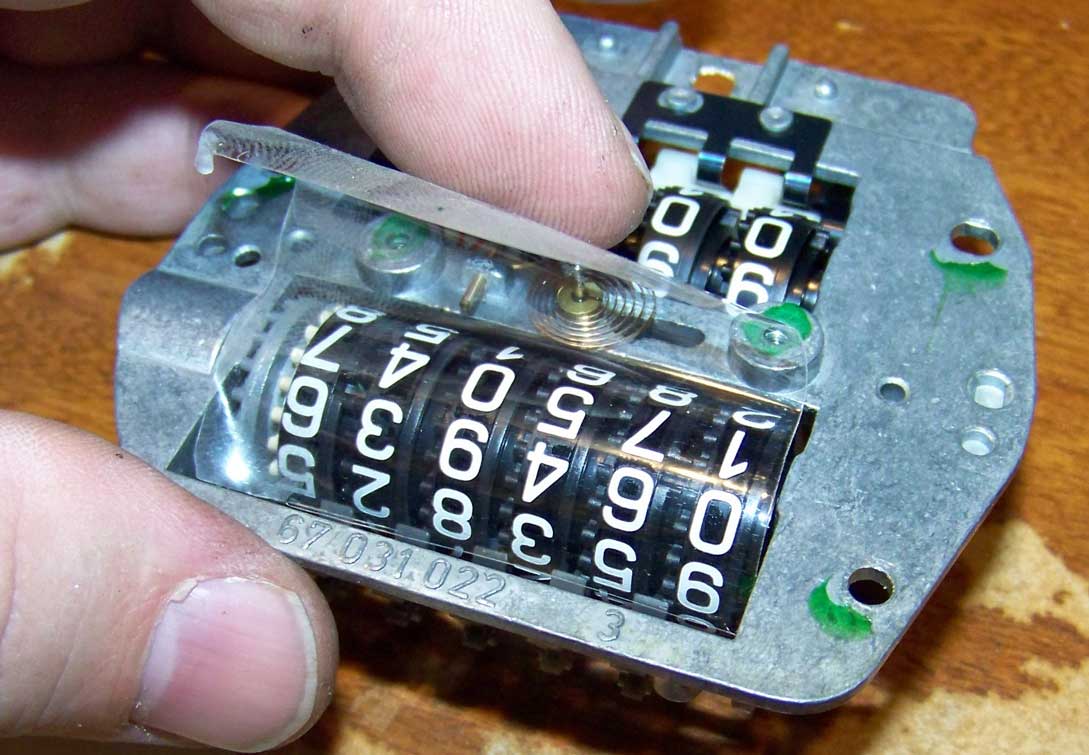 |
|
| |
|
Then, to slide the shaft out,
use a small screwdriver to pry under this brass
collar. The collar and shaft are pressed
together as one piece. Let them stay that way.
The shaft and collar should begin coming out slowly from the side shown here.
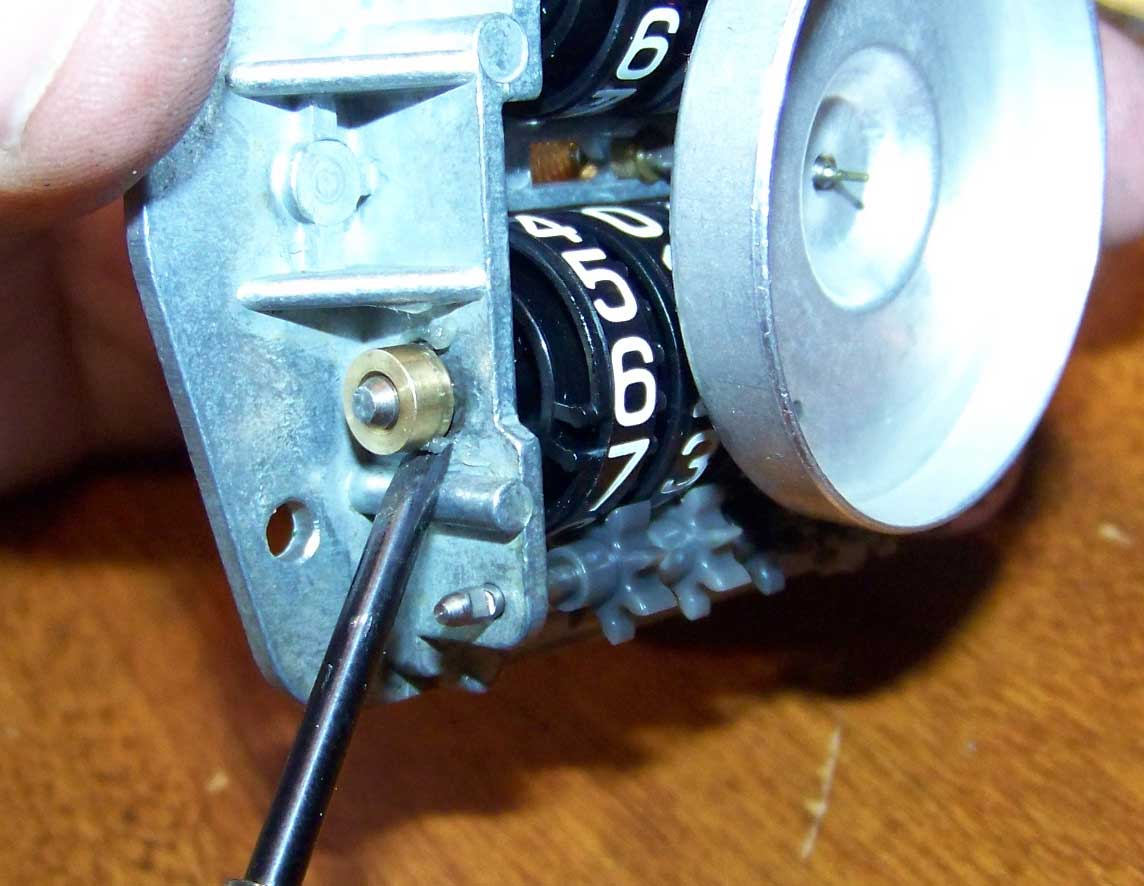
Work
slowly. DO NOT pry the shaft out too far at once.
Pry the shaft out just enough so the gray metal gear is free. Then carefully lift the gear out. Try not to disturb the odometer number wheels. |
|
Here's the original gray metal gear
after I removed it from my speedometer. This one is
1/8th inch thick (3.175 mm).
If you need a new one, a new gear is shown at right. New gears are made of plastic and are more durable. Take note that this gear may be found in three different thicknesses: 1/8 inch (3.175 mm), 3/16 inch (4.76 mm), or 1/4 inch (6.35 mm). 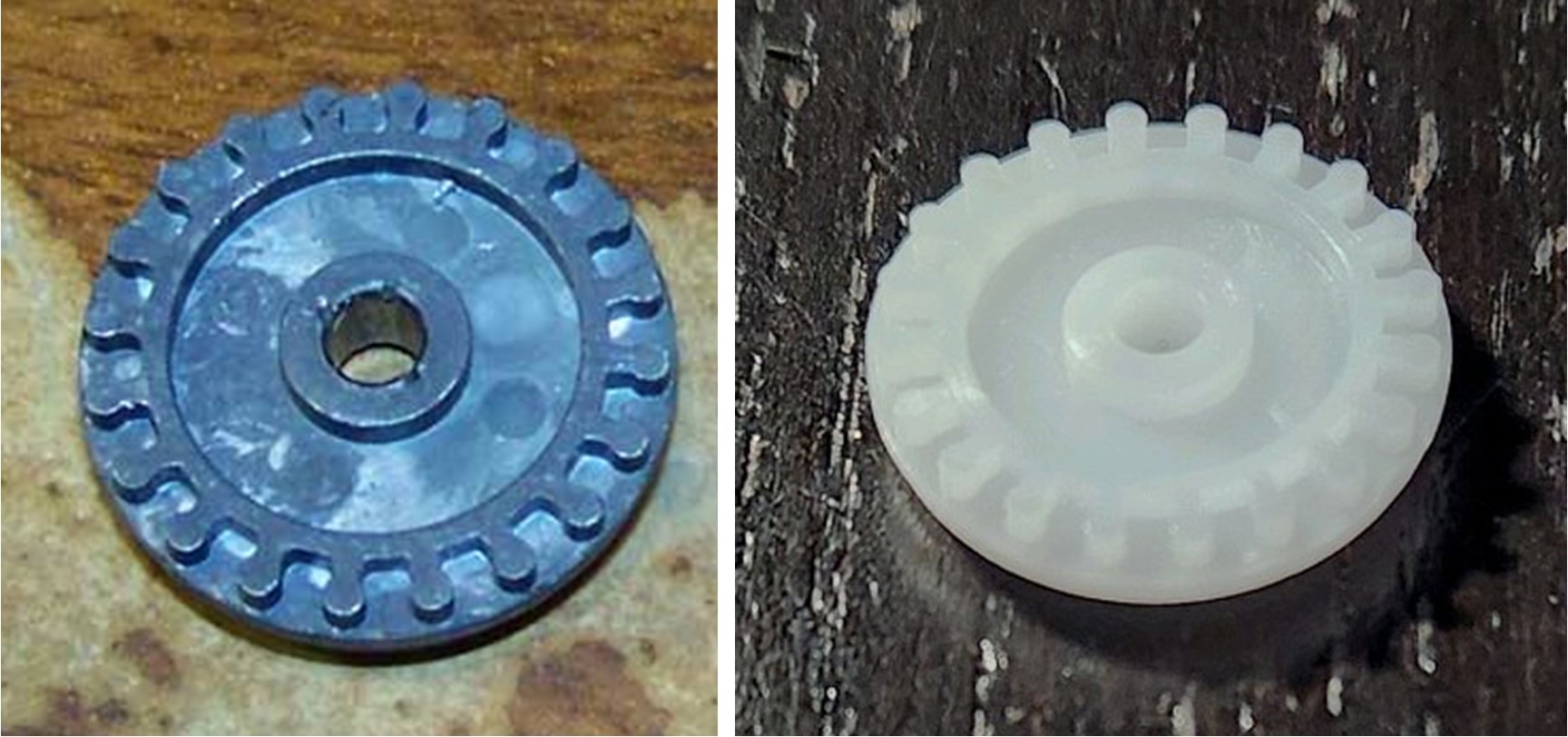 The most
common one so far in nearly ALL speedometers is this 1/8 inch
gear. This original gear is made of
metal, with the appearance of "lead," so it's
commonly called a "lead gear." If you look
very closely, the hole in the center has some very
faint splines. ON MY GEAR these splines were
worn down smooth, so this caused it to slip on the
shaft.
My first solution was to tighten up this original metal gear on the shaft. I used a pointed tool (a nail punch or small screwdriver would work) and I gave the area around the hole a few taps to slightly deform or expand the metal and tighten the grip on the shaft. Three taps on mine worked. The gear went back on and was nice and tight, but after a while it began slipping again. Since a new plastic replacement gear was available, I went back in and replaced it with a new one. These gears are available below if needed. Please scroll down to the bottom of this section. |
|
After you re-insert the gray
metal gear, push the shaft back through and test the
odometer function again before installing the outside gears. This way you can be sure that metal gear is gripping the shaft BEFORE final reassembly.
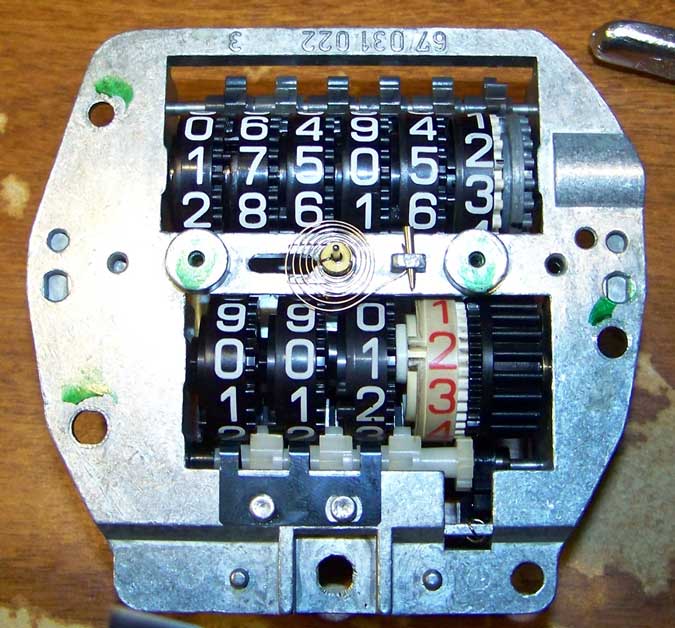 Pay attention to the alignment of the TOP
odometer numbers. The first time I re-installed the
gray metal gear, I found the far right number wheel
was no longer aligned (see
above photo).
This means I allowed that number wheel to slip a little. I pulled the shaft back out again and realigned that odometer wheel. Now I have a perfect odometer again. |
|
|
Here's something NEW I discovered later while repairing one of my 240s. This may come up on your car some day. 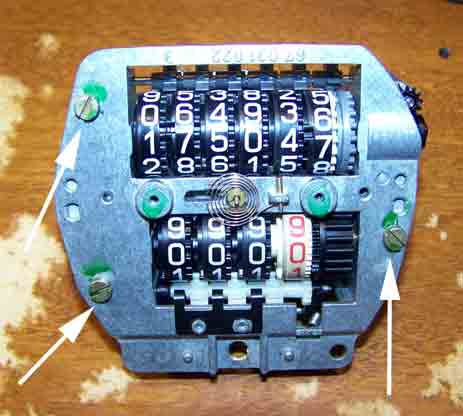
After re-tightening these three screws (shown by white
arrows) and after placing the speedo needle back on,
I found that the speed cup mechanism was somehow
binding or jamming inside when I would spin the rear cable collar with my fingers. This jamming would only occur when these
three screws were all tight. I found that if I loosened these
screws slightly, the needle and shaft would rotate
nicely with no binding. So it appears it is
possible to over-tighten things and make the
mechanism bind.
This is probably a rare occurrence, but just keep it in mind. I didn't think it would be a good idea to run it with loose screws, so my solution was 3 very, very thin washers placed between the two halves. Then I could tighten the three screws and it all worked perfectly. Another solution could have been to use some thread-lock compound on the threads and then NOT tighten them down very much. |
|
|
NEEDLE INSTALLATION POSITION:
When re-installing the speedo needle, make sure you gently push down evenly on the center hub of the needle. Once it is on firmly enough, if adjustment is needed, you may adjust it to its former position by using the small screwdriver trick to lock the speed cup as discussed earlier. If you forgot to check its former position, you should know that most mechanical speedometer faces will have a small mark on the edge, just below the ZERO. Point the needle at that mark if you can see it. That will be where the speedometer factory set the position. |
|
WIRING When re-installing your instrument cluster, the wire connections needed are shown below. The YELLOW wire is for auto transmission cars only. It connects to the OD OFF lamp on the front far right side. If you have a LARGE CLOCK, there are no connections to make for that. If you have the large CLOCK and see a Red/White wire, ignore it until you decide to retrofit a tachometer. 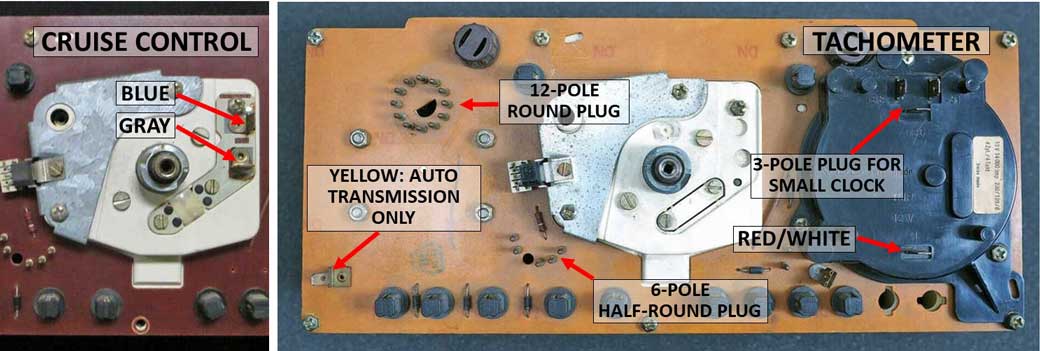 |
|
The total installation time after removing the instrument cluster from the car will normally be less than an hour. |
| PROBLEMS AFTER
COMPLETING REPAIRS It's rare that a mechanical speedo continues to have mysterious problems after successful gear surgery, but strange things can happen to 30-plus year old speedometers. The below situation was shared by Justin S. after his odometer stopped intermittently after replacing a bad gear. "On looking a little closer the binding seemed to come when the inside metal "lead" gear reached the two inside teeth that turn over a new mile with the grey plastic gear on top. I could not see any visual defects with either gear. It would just lightly bind when the tooth on the top grey plastic gear reached the two inside teeth on the metal "lead" gear. I thought that I would pass this along if it helps you at all." "After taking
a break to clear my head, I went back and spent some
time observing the odometer while I spinned the gears
to see if I could discern where the problem was.
After a while I figured it out. |

| Authorized Dealer
- OdometerGears.com MADE IN U.S.A.
I offer the following (mechanical) cable type 240 gears for sale.
If needed, I can also get any other size
gear you might need if you can wait a few extra
days. If you find
a gear in your 240/260 other than an 11, 14, 15, 16,
17 or 18 tooth, please let me know. If
other gears are commonly found, I will begin
stocking more tooth counts.
(ALL tooth count
range available: 10, 11, 12, 13, 14, 15, 16, 17,
18, 19, 21, 25, 29)

|
Section 2: General Odometer Surgery & Repair. 1986-1993 240 ELECTRONIC Speedometers. ALL Types; MPH and km/h. (NOT for 1985 and older mechanical units) |

| Authorized Dealer
- OdometerGears.com MADE IN U.S.A. 
I offer the following (ELECTRONIC) 240 odometer gears for sale.

|
| CUSTOMER
COMMENTS: "Before discovering your website with its expert advice and instructions to make such a repair myself, I ordered the 25T replacement gear (without the instruction DVD) from an online source from which I have frequently bought other parts. Because of previous experience with earlier models of Volvos that I have owned, I thought I could “figure” it out with this electronic one. NOT! All proceeded very well as far removal of the instrument cluster and all that, and even the removal of the speedo module itself. It was at that point that I started my search for instructions online and landed after a brief search on your website. Everything from that point worked flawlessly. I was able to make the repair without having to remove the speedo face and needle. It took actually less than 10 minutes total time to replace the gear and reassemble the whole unit. What a sense of accomplishment I felt after doing that. So in less than an hour’s time, I had the whole job done with the instrument cluster reinstalled. I credit your instructions with making that possible for me. Thank you , thank you." D.W., Surprise, AZ "The 15-tooth gear pod broke 27k miles after the 25-tooth gear was replaced. Thank you, Dave, for your highly informative site. It helped me service my odometer the first time and I return to fix it again." W.H., Columbia, SC "The part (the gear) was waiting for me when I got home from work today. I really wasn't expecting it so soon. As soon as diner was finished I went out and started tearing my dashboard apart (I couldn't wait). The gear dropped in perfectly and that was a good tip to pick out the old pieces, as there were pieces (old gear teeth) all over the larger inner gear. I got it all wrapped up and the instrument panel is back in the dash about half an hour ago. I took it for a test spin to see if it would work. I drove exactly 2.5 miles, according to the now working odometer. The last time I saw that mileage dial spin was in 2003 when I gave the car to my mother. I got the car back in 2006 but by then the odometer wasn't working, but it finally is now. I guess you can tell I am excited. Thanks!" P. K., Cherry Hill, NJ (1989 244) |
| 1986-1993
240 ELECTRONIC Speedo
Instructions For this set of instructions below, I will not go into detail on removing the 240 instrument cluster from the dash. For detailed instructions on this part, please refer to my 240 gauge face installation instructions at https://www.davebarton.com/pdf/240faceinstall81-93.pdf. Or have a look at the below videos. https://www.youtube.com/watch?v=6j1__NVM5fk |
https://www.youtube.com/watch?v=f_cAK3NT_HM |
